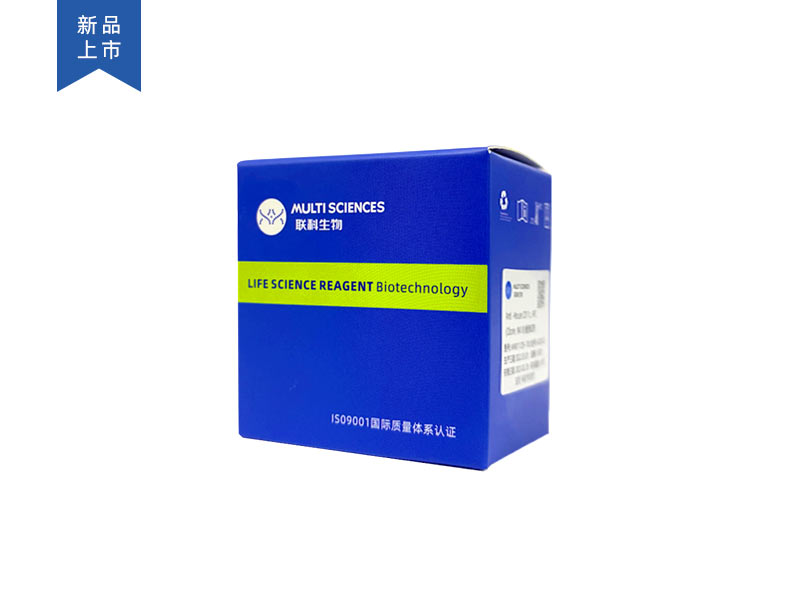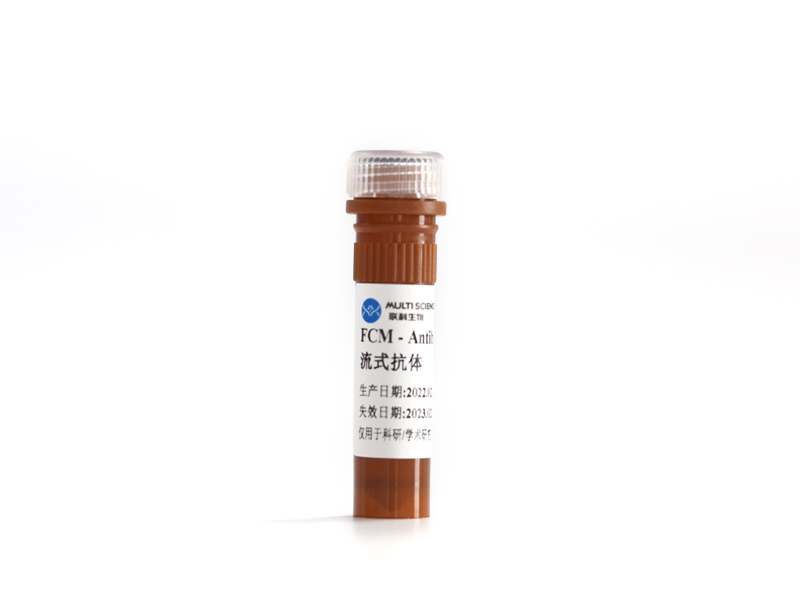Infiltration and aggregation of lymphocytes in exocrine glands are the basic pathological manifestations of Sjögren's syndrome (SS), and the incidence of SS has been increasing year by year in recent years. To explore the potential signaling pathway of Runzaoling (RZL) in alleviating SS, the possible targets of RZL in SS were firstly explored through network pharmacology, and then, the regulation of PI3K/AKT/mTOR signaling in NOD mice and Th17 cells was verified. 75 8-week-old NOD mice were casually classified into 5 groups: model; hydroxychloroquine; high, medium, and low dose RZL groups, with 15 in each; and 15 BALB/c mice were employed as control group. After 10 weeks of continuous intragastric administration in mice and 24 hours of drugs intervention in Th17 cells, histopathology was observed by HE staining, and the gene transcription levels were identified by real-time quantitative PCR (RT-qPCR). The protein expressions were detected by western blotting (WB). The findings showed that high and medium dose RZL group could attenuate the submandibular gland tissue damage. The results indicated that the mRNA expressions of PI3K, AKT, mTOR, STAT3, and IL-17 in SS mice and in IL-17 stimulation of Th17 cells were dramatically increased compared with control group and decreased to varying degrees after RZL intervention. The trend of phosphorylated PI3K/AKT/mTOR and STAT3 and IL-17 protein expression in NOD mice and Th17 cells were consistent with mRNA. RZL can downregulate STAT3 and IL-17 expressions in the submandibular gland of NOD mice and in Th17 cells via regulating the PI3K/AKT/mTOR signaling pathway. Moreover, RZL could reduce the activation of CD4+ T lymphocyte differentiation to Th17 cells.
文章引用产品列表
-
- F1100300
- FunctionalAntibody
Anti-Human CD3, Functional Grade (Clone:OKT3) 人 CD3 功能抗体 (新品)
- ¥240.00 – ¥528.00
-
- F1102800
- FunctionalAntibody
Anti-Human CD28, Functional Grade (Clone:CD28.2) 功能抗体 (新品)
- ¥240.00 – ¥528.00



